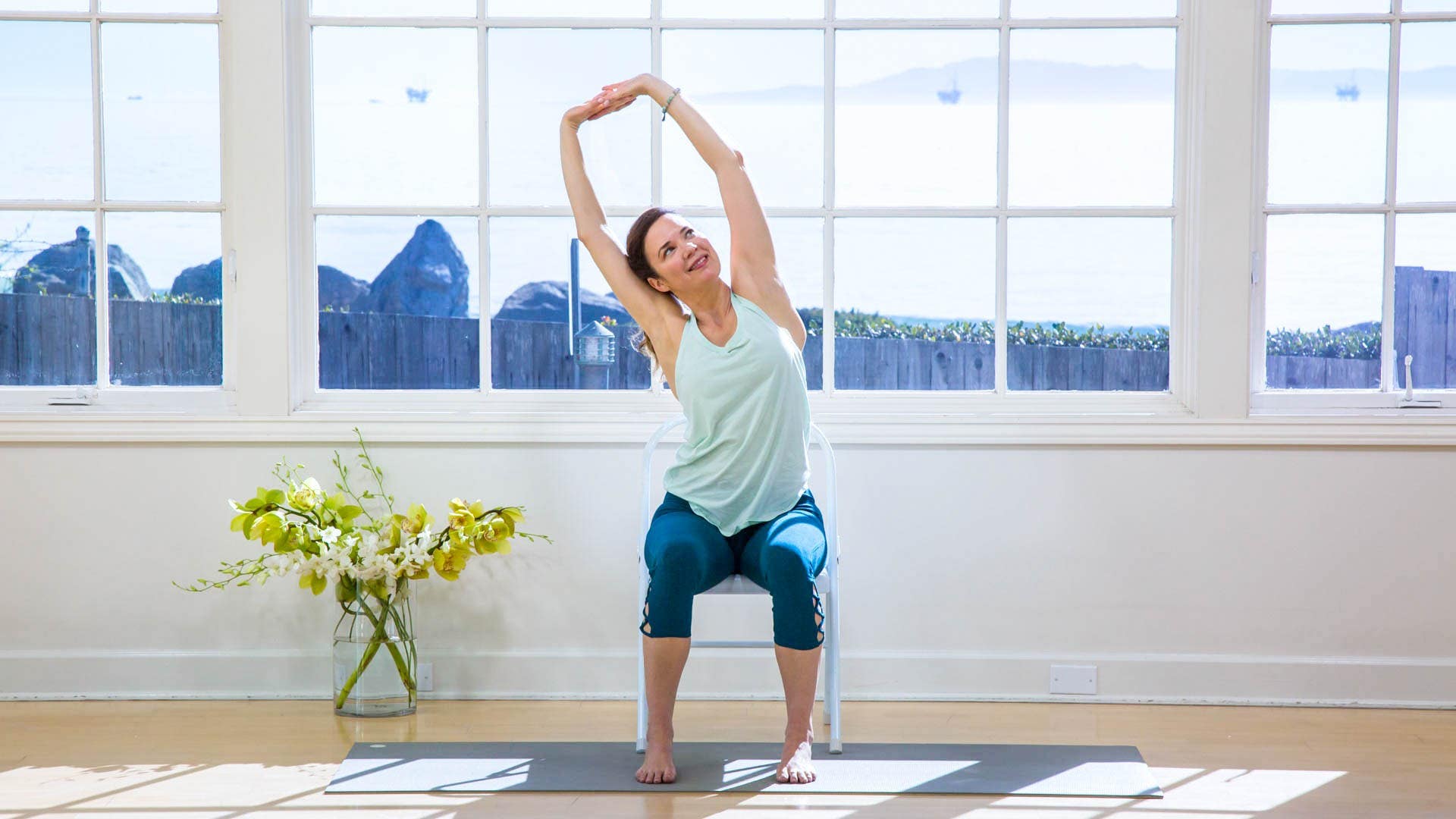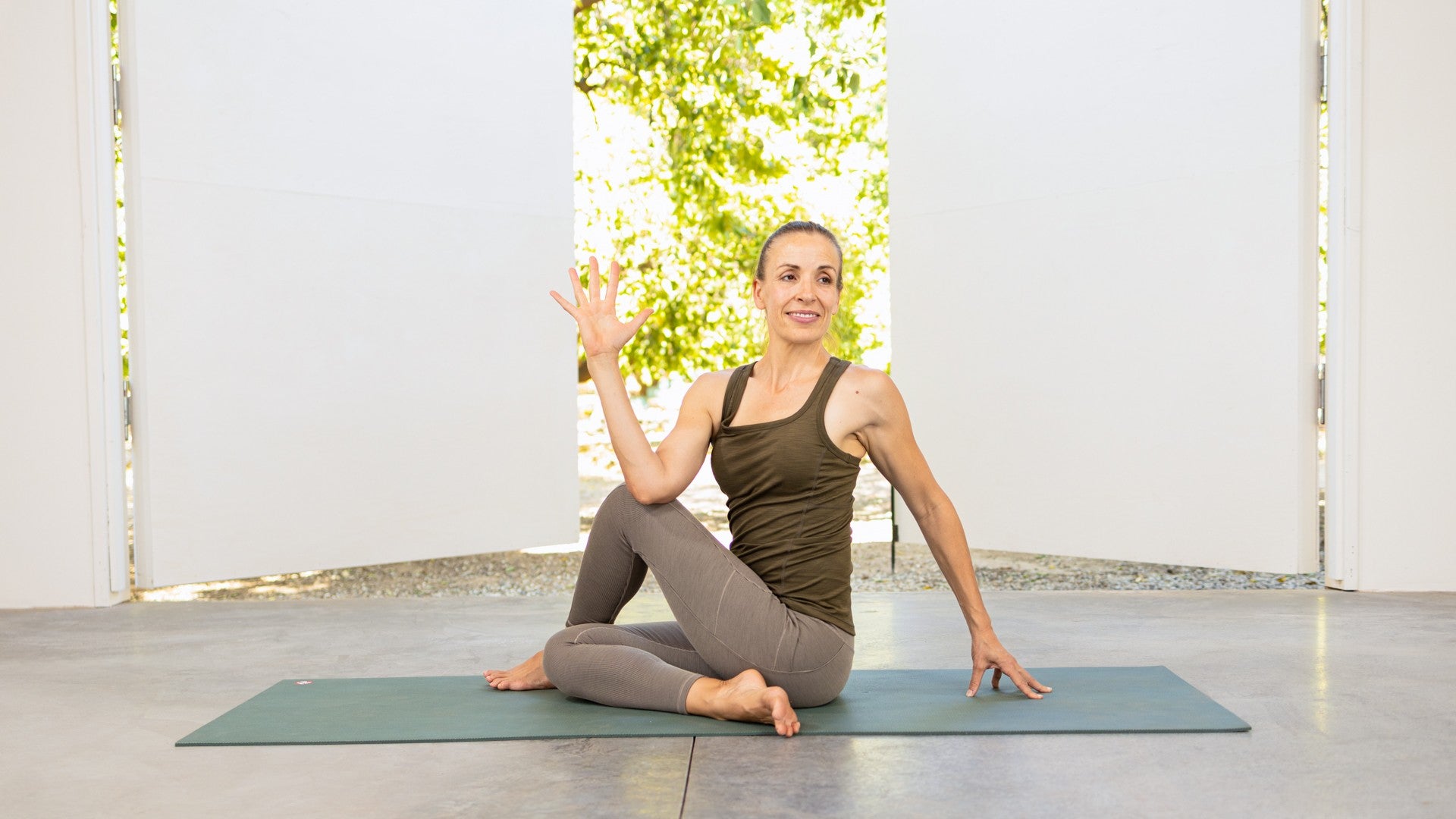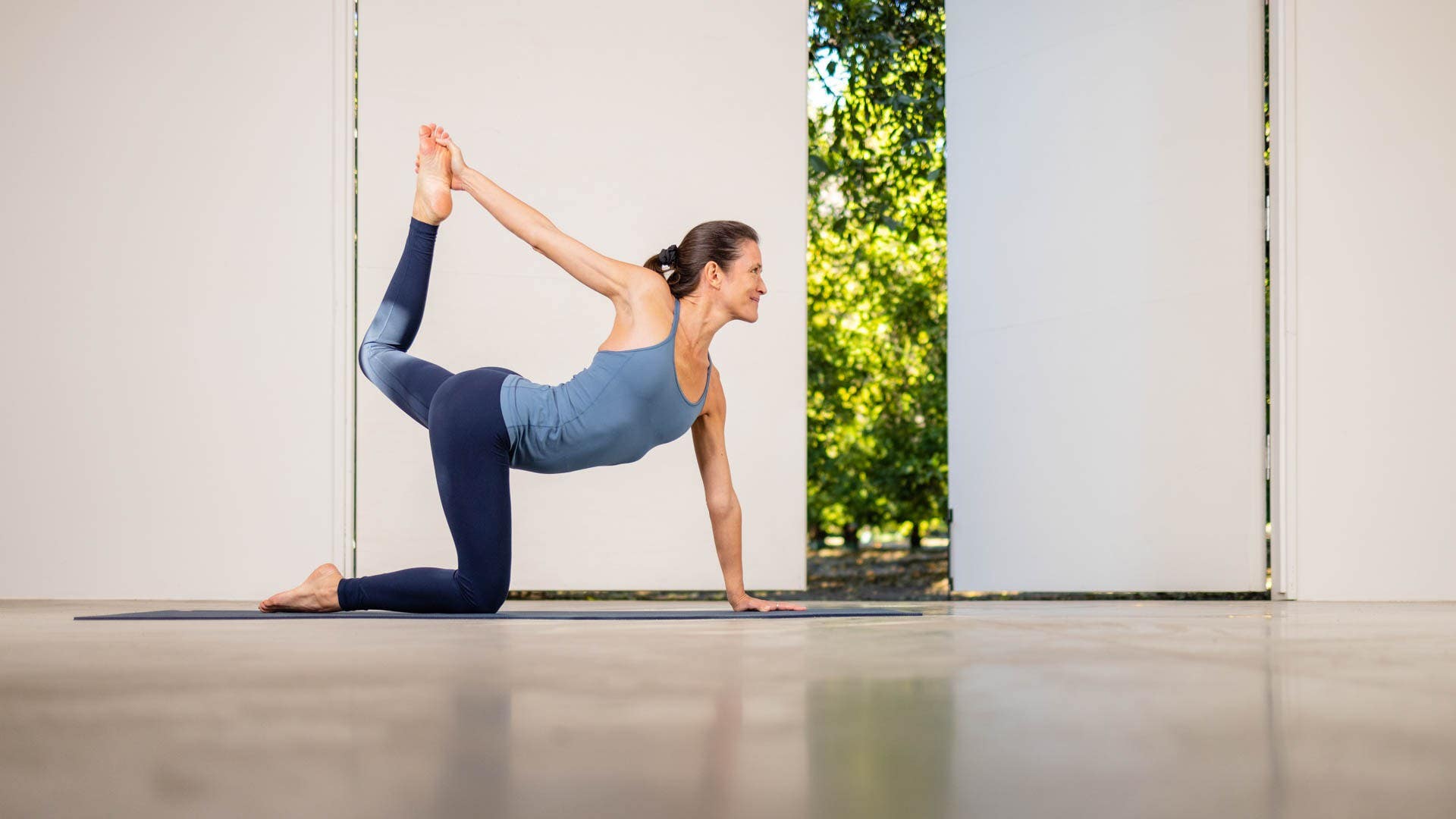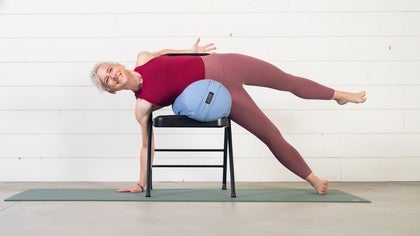
Tips to Help with Neck Strain
Anthropological evolution brought us from a semi-quadriped existence to one that allows us to be upright, freeing our arms to do all sorts of useful work in the world. Like it or not, the technologically driven world of computer reliance appears to be largely folding our bodies forward into a shape closer to the chairs we sit on, with our shoulders and head caved in toward the screen. Our spine is not built to support this position without speaking to us in protest.
The human head weighs about twelve pounds on average, and the relative weight that our muscles need to hold up increases exponentially the more forward the head moves. So imagine if you are holding a five pound dumbbell at your side. Easy, right? You can probably hold it there for a really long time. Now imagine you are holding that weight out in front of you. Your shoulder is going to start to get pretty tired and achy. Sitting causes our pecs and lats on the front and sides of the shoulders to adaptively shorten, and the traps (you know, that muscle that always feels tight?) to get in a tug-of-war with those shortened muscles.
Luckily, most of us have the ability to change our position, to take breaks and to stretch and release some of the muscles and fascia that are holding us forward. Here are some easy ways to counter our forever-forward lifestyle and give your neck and shoulders some relief.
Upright Cervical Rotation and Half Rolls
- Sit up tall, shifting your weight to your sitting bones and off your sacrum, allowing your back to arch.
- Gently roll the shoulders back, lifting the chest slightly and dropping the shoulders away from the ears. Tuck your chin slightly back, as if someone has a string on the crown of your head, pulling your head up and back over the spine.
- From this position gently turn your head left and right five times each.
- Next, allow your left ear to drop toward your left shoulder and slowly allow it to roll forward and to the other side until your right ear is toward the right shoulder.
- Roll back and forth 5 times. Keep it gentle and without sharp pains.
Chest Stretch
This is easier to do standing up, so if you can, do so. You can modify it while sitting, the chair just may get in the way, so try sitting sideways on your chair if you don’t have armrests.
- Stand (or sit) up straight, as described above. Bring your arms behind your back and clasp your hands. If you can’t reach your hands, use a towel to bring the hands as close as is comfortable to each other behind your back.
- Roll your shoulders back and down and reach your arms toward the ground, bringing your elbows towards straight. Often this will cause your lower ribs to flare forward. Use your abdominal muscles to gently pull your ribcage down. This should stretch your chest and fronts of the shoulders.
- If you need more sensation, you can begin to bring your hands away from your body, lifting toward the wall behind you.
- Hold for 3-5 breaths and repeat once or twice.
Overhead Stretch
- If your shoulders allow it, reach your hands overhead and clasp your hands. Turn your palms up and press toward the ceiling. If your shoulders pinch, use a towel to bring them as close together overhead as is comfortable.
- Check again for that rib flare and exhale to pull the ribs down, creating a stretch along the armpit area.
- Take 1-3 breaths here.
- Then slightly tip your body left, increasing the stretch on the right and breathe for 1-3 breaths.
- Repeat tipping to the right, feeling the stretch on the left.
Desk-Assisted Half Down Dog
- Stand up and place your hands shoulder distance apart on your desk.
- Step your feet back until your chest starts to drop between your arms. Bend your knees if your hamstrings are preventing you from dropping down to arm level.
- Then reach your tailbone back to the wall behind you, lengthening your spine. Check to see that your shoulders are not shrugging up toward your ears and if needed, gently pull them down toward your hips.
- Stay in the stretch for 3-4 breaths.
Adapted Warrior 1
I know, stretching the hips seems like a weird way to release your neck. But remember how your body is adapting to that forward folding chair-like position? If the front of your hips are tight, it will tug your ribcage down whenever you stand up and pull the head and shoulders back forward no matter how much you stretch the upper body. So do yourself a favor and don’t skip this one.
- Stand up next to your chair. You can use it for balance if you like.
- Step your left foot back about 2-3 feet, then check to see that your hip bones are pointed toward your front foot.
- Re-establish that upright alignment in your spine (shoulders back and down, crown of head lifted).
- Slowly bend the front knee toward over the ankle, making sure not to bend past the front ankle. Pull your belly slightly toward your backbone to take some of the arch out of your low back.
- You will feel a stretch in the front of the left hip. If the stretch is intense or you can’t un-arch your back, adjust by stepping your back foot a little closer. If you feel nothing, step the foot a little further away.
- Hold this for 3-5 breaths. Repeat on the other side.
Upper Trap Release
This final suggestion is a two-part move to release the area that has worked so hard to hold you together — that knot on the top of your shoulders.- Take your hands and place them on that sore spot on top of each shoulder. Now reach them as far back and behind that muscle bulk as you can. If your shoulder motion doesn’t allow you to grab the same side muscle, you can reach across to the opposite side and do one side at a time.
- Hook onto the muscle bulk, then tuck your chin back and roll your chin up to look at the ceiling. Do this 5-10 times. Then bring your head back to neutral and very slowly slide your hands forward until they come off the muscle.
- Bring them back to the back of the traps and slide them slowly forward again. Repeat 5 times or as often as you need to feel relief.
- If you get good that this move you can combine them and slowly slide the hands forward as you tuck and look up. Try it out a few ways and see what works best for you.
Comments
Suzanne L That's a great idea. While we do not have these particular movements compliled in one place, these classes might help you find some relief in your neck:
https://www.yogaanytime.com/class-view/3027/video/Yoga-Neck-and-Shoulder-Relief-by-Dana-Slamp
https://www.yogaanytime.com/class-view/4157/video/Yoga-Computer-Neck-Relief-by-Kari-Sims-Anthon
https://www.yogaanytime.com/class-view/2296/video/Yoga-Neck-and-Shoulder-Release-by-Lydia-Zamorano
https://www.yogaanytime.com/class-view/1584/video/Yoga-Upper-Back-and-Neck-Freedom-by-Patricia-Sullivan
I hope these help!
Thank you for your feedback, and for being here 🤗
You need to be a subscriber to post a comment.
Please Log In or Create an Account to start your free trial.



















